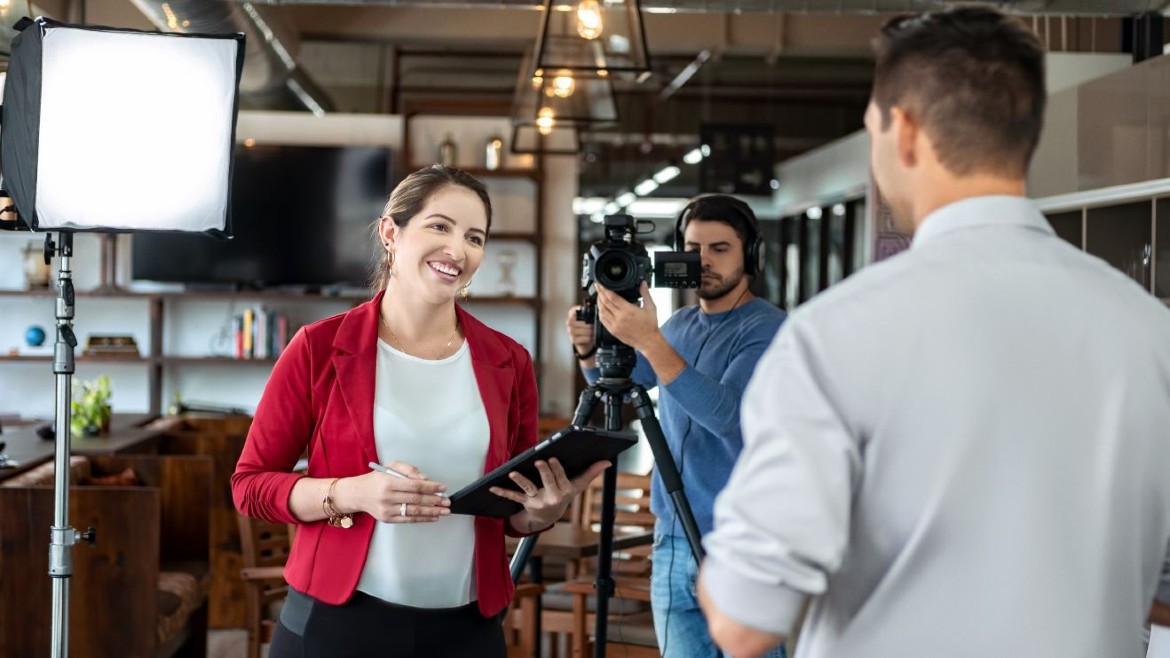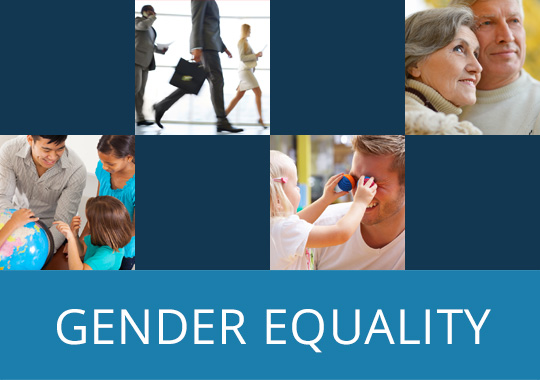Both traditional and social media play a major role both as a source of fact-based information and as a shaper of opinions. The media can promote awareness on equal and indivisible human rights and contribute to prevent and combat violence against women.
The Council of Europe guideline on gender equality and violence against women provides recommendations and guidance on gender-based reporting, equal representation of women and men in media in a non-stereotyped, non-discriminated and non-sexist manner. Gender-based reporting gives a recognition to the actual social and professional achievements, careers, interests and roles of women and men equally. Fair portrayal of men and women in the media is a professional and ethical aspiration, similar to other ethical principles of journalism, such as respect for truth, accuracy, fairness, impartiality and honesty.
The guideline can help journalists, editors and advertisers in print, online and broadcast media to approach reporting on violence against women, including domestic violence in a professional and non-sensational manner. Violence against women is a violation of women’s human rights and the media has ethical responsibilities to not normalise it by conveying messages that contribute to and trivialise violence against women.
The guideline was developed within the framework of the Council of Europe project “Path towards Armenia's Ratification of the Council of Europe Convention on Preventing and Combating Violence against Women and Domestic Violence”.





